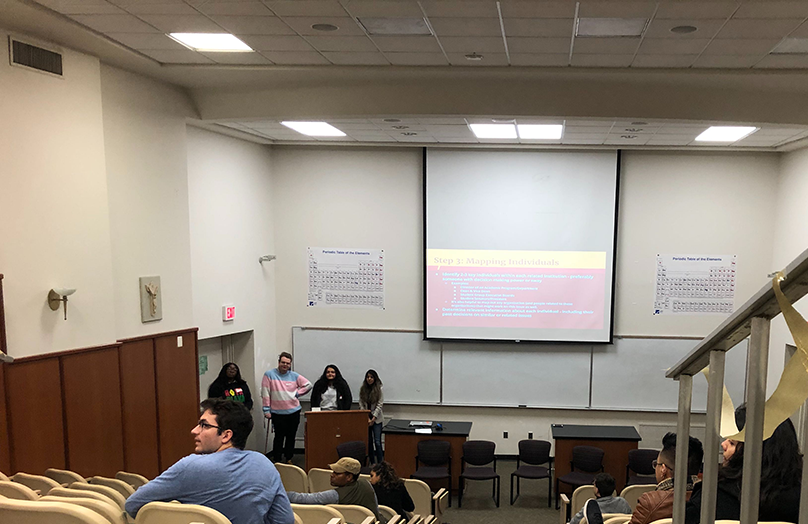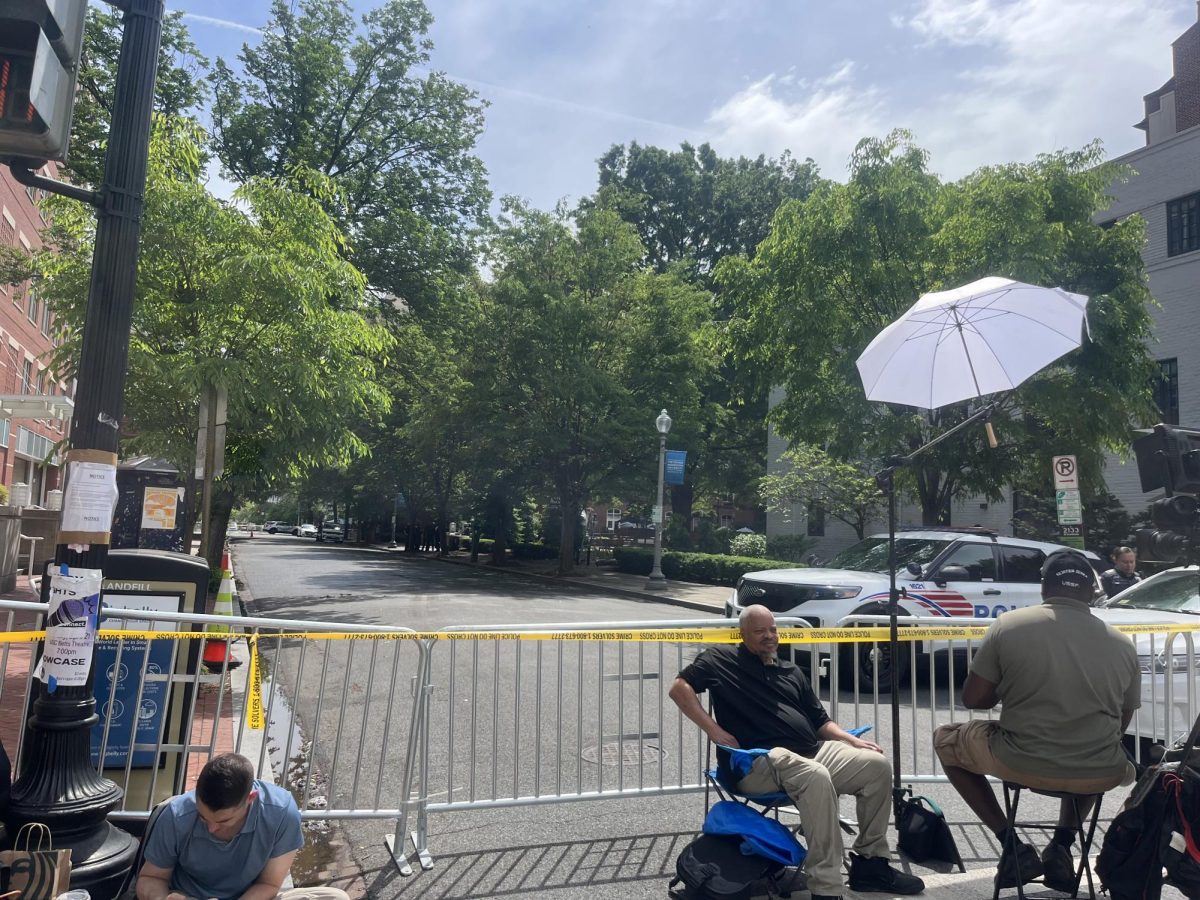Speakers emphasized the importance of giving youth the tools they need to engage in activism at the Georgetown University Student Association department of student activism’s first ever Student Activism Summit on Nov. 16.
The event featured 19 speakers with expertise in a range of social justice movements from increasing access to education to disability justice. Participants at the summit could attend a keynote address, talks on coalition building and power mapping — which is a way to visually identify who holds power in reaching a goal — and panels with alumni and university administration officials.

Keynote speaker Diana Acosta, a program associate for Fair Finance with the Georgetown University Beeck Center for Social Impact and Innovation, spoke about the obstacles she faced as a young, Latinx immigrant and activist at Harvard University. Although many people ignore youth activists because of their age, young people should continue to share their perspectives and opinions, according to Acosta.
“This was the context that I grew up in, feeling powerless because I was a child or young, and the perception was that young people shouldn’t speak up and that there is nothing that they can contribute,” Acosta said in her address. “That is a lie, and that is something that I’ve known from a young age, when I knew I had great ideas and I knew I wanted to change the world but no one was listening.”
Though some activists have a tendency to drown other voices out with their enthusiasm, listening is an essential part of activism, according to Acosta.
“Sometimes we think activism is again like this flashy space for us to be in, or this space for us to vocalize, vocalize, vocalize,” Acosta said. “But sometimes it’s hard for us to listen, and to sit back and hear what others are saying, and to actually understand that, you know it means stepping back too.”
Summit attendees involved in student activism came from across the Washington, D.C. metropolitan area. Acosta’s keynote on the importance of listening stuck out to Kavya Mishra, who attended the summit with the student activism club at Thomas S. Wootton High School in Rockville, Md.
“We do a lot of action and we put a lot of ourselves forward, but another part of activism is stepping back and listening and being able to understand what’s going on before we take action,” Mishra said in an interview with The Hoya.
A week before the summit, Hoyas for Immigrant Rights organized the #HomeIsHere walkout Nov. 8 before a Supreme Court hearing on the Deferred Action for Childhood Arrivals program. Forty other university clubs and organizations co-sponsored the event and 157 students participated.
Youth experience with digital media made for a more effective publicity strategy, according to panelist Gerson Quinteros, a community organizer at United We Dream, an immigrant youth-led organization that was involved in the #HomeIsHere walkout.
“They bring a lot of energy, a lot of creativity, that’s one thing the youth bring, and new, fresh ideas that we may not be thinking about, because we’re stuck in this bubble,” Quinteros said in the panel. “Some of you might be part of the digital world, and the digital world brings up a lot of new ways to reach out to people, we just did the walkout and we were using TikTok for that.”
The summit was designed to motivate and instruct student activists, according to GUSA Executive Co-Directors of Student Activism Austin Riddick (COL ’20) and Hannah Levine (COL ’21), who organized the summit.
“The vision was to provide students with the tools and inspiration to make their activism as effective as possible in whatever field they choose,” Riddick wrote in an email to The Hoya. “We looked for speakers mostly in the DMV area and tried to get representation in a wide range of issue areas and life experiences.”
Not all students are informed or involved in activism; however, small actions of goodwill can correct that problem, Acosta said.
“Activism can take shape in many ways, which means that you can do something seemingly small to change what is going on around us,” Acosta said. “Everything from cleaning up after yourself or noticing if someone needs a helping hand — there’s so many ways that we can make activism happen and be a reality for us.”




















